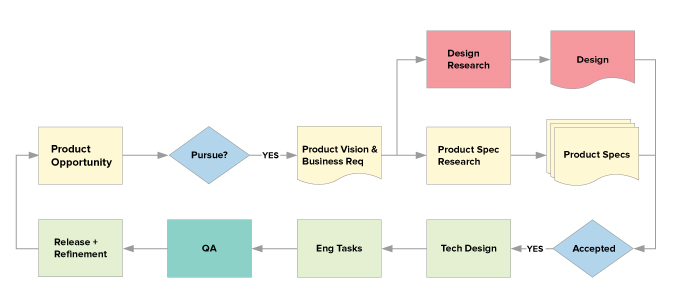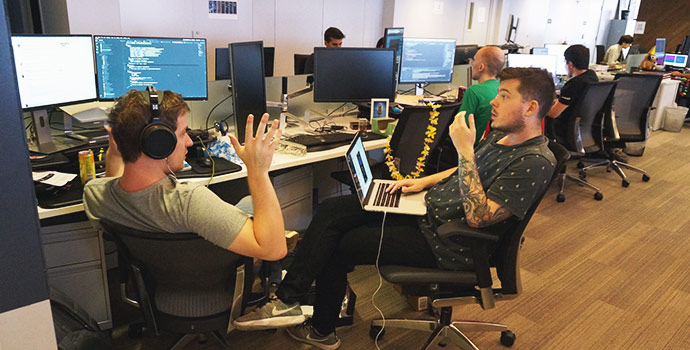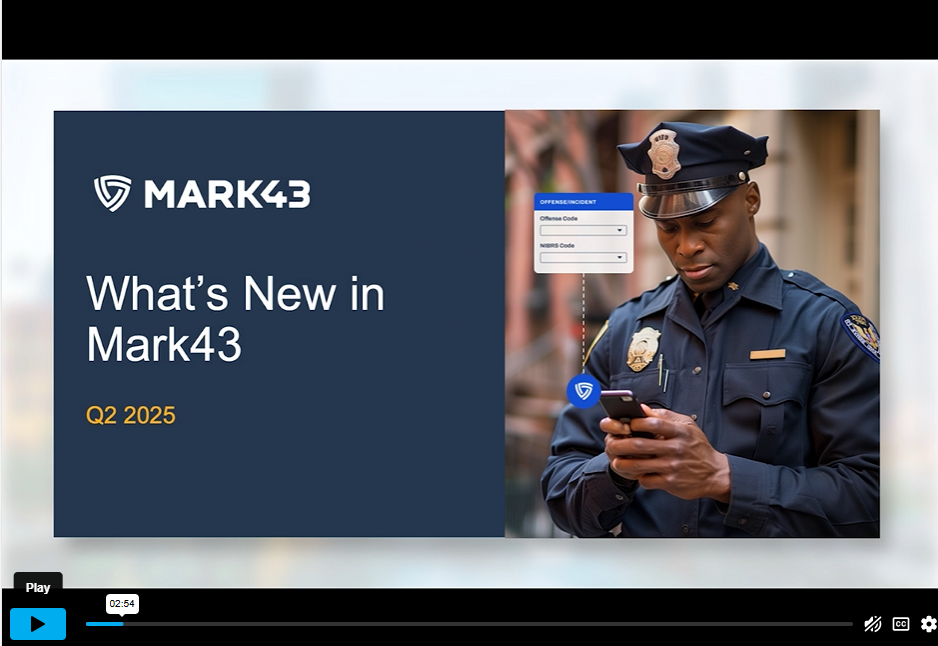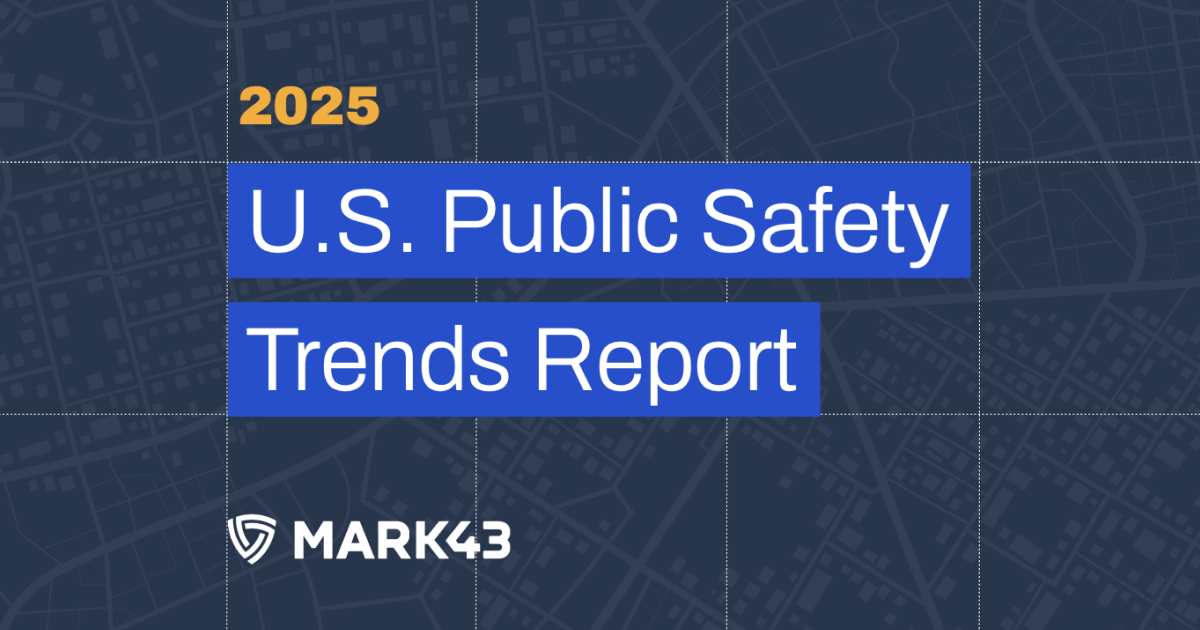
With most product development organizations, their normal software development process means that most of the core decisions on what to build and how it should add business value are decided before an engineer gets their hands on it. It might look something like this:

Traditional Product Development Process
While this process can make a lot of sense for a normal mode of operation, it’s not ideal for technical exploration and innovation. That’s where hackathons come in. For those not involved in software, the term ‘hackathon’ may not even sound like a real word. A hackathon is defined as a usually competitive event in which people work in groups on software or hardware projects, with the goal of creating a functioning product by the end of the event.
In the tech industry, it’s well known that some cool products (GroupMe), and great features (Facebook’s Photos, Timeline, Like’s, etc.) have all been conceived in hackathons. Other awesome products such as Google’s Gmail were conceived outside of normal development work in something they refer to as “20 percent time.”
Why are hackathons important for a product development organization? Because hackathons flip the normal process of doing business on its head. They open avenues for creativity and exploration — which energizes the team, creates stronger bonds between team members, and possibly adds new innovation to your product. This year, the team at Mark43 did our summer hackathon in conjunction with Roll Call week, which one of our founders, Matt Polega, wrote about in an earlier post. We use Roll Call as a time to all come together and step outside of the normal day-to-day responsibilities and reexamine our company-wide goals. Similarly, in our team hackathons, we have a set of concentrated time to get to know each other outside of our normal team interactions and hack together to make communities safer through technology.
During a hackathon, we prioritize execution. The goal is a working prototype, not product documentation and KPIs, or a business reason why we should be building something. The ideas come from the folks closest to execution (product managers, engineers, quality assurance, and designers) rather than those at the beginning, which provides a refreshingly new way of operating and a different mental challenge for those involved. Even for those at the beginning of the product development food chain, this flip can be refreshing. For a product manager, there is an opportunity to skip all the checks, enlist the help of an engineer and run with the idea to a working prototype in a short amount of time.
Why are hackathons important for a product development organization? Because hackathons flip the normal process of doing business on its head.
Weeks out from the hackathon, the team builds out a backlog of ideas and passion projects every engineer is interested in accomplishing. And then the week before, all idea owners pitch their ideas to the team in hopes of getting more folks passionate about the same problem. Teams organically form out of designers, product, engineering, and quality assurance (QA). When the hackathon begins, teams know what they’re going to do, and start doing it at breakneck speed.
Mark43 Hackathon Rules:
- Everyone on the team must participate. Why? One of the goals is team-building. The goal is that everyone participates and steps out of their comfort zone. You must take part in at least 1 project.
- Everyone must be able to lead a demo of the result. This puts the onus on your team to actually do something cool. Dev street cred is at stake.
- It’s got to be at least somewhat related to the company. Mark43 commits to the importance of hackathons by dedicating regular business hours to participation and adds in food, events, and other fun stuff. It’s company time, this isn’t time for your side startup.

At the end this summer’s hackathon, we involved all Mark43 team members in a cross-company judging process to award prizes. After three quick days of development, some winners and highlights include:
- A texting (SMS) crime tip line service that collects anonymous submissions and delivers anonymous rewards using cryptocurrency
- A facial recognition application for identifying a person of interest
- A mobile application to display person profiles and associated information
- An internal tool to automate QA tests on different browsers
- An interactive network visualization of relationships between persons, places, and things within Mark43 RMS
With the completion of the hackathon, we’re excited that the impact of these projects is just beginning. I’m looking forward to seeing some of our best and brightest ideas working their way into the Mark43 platform soon!








